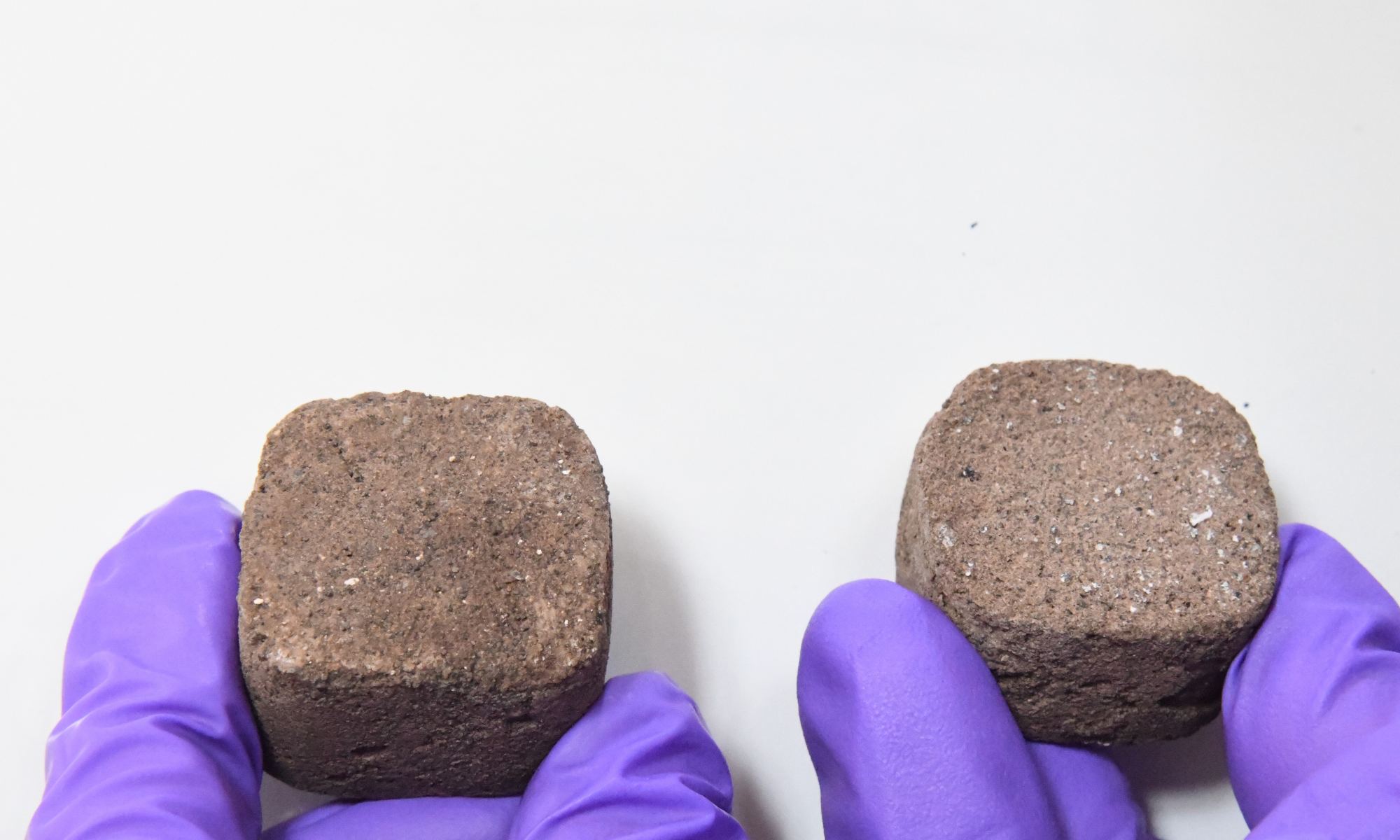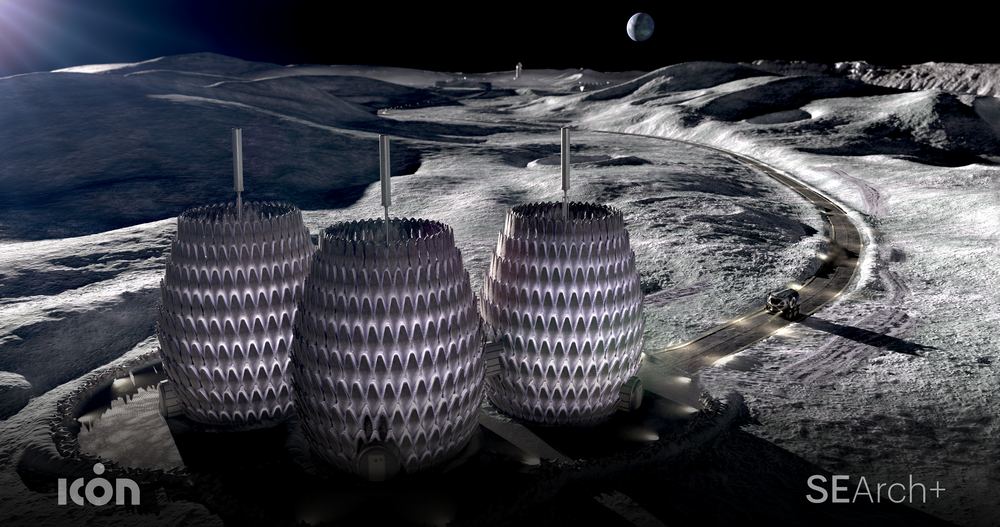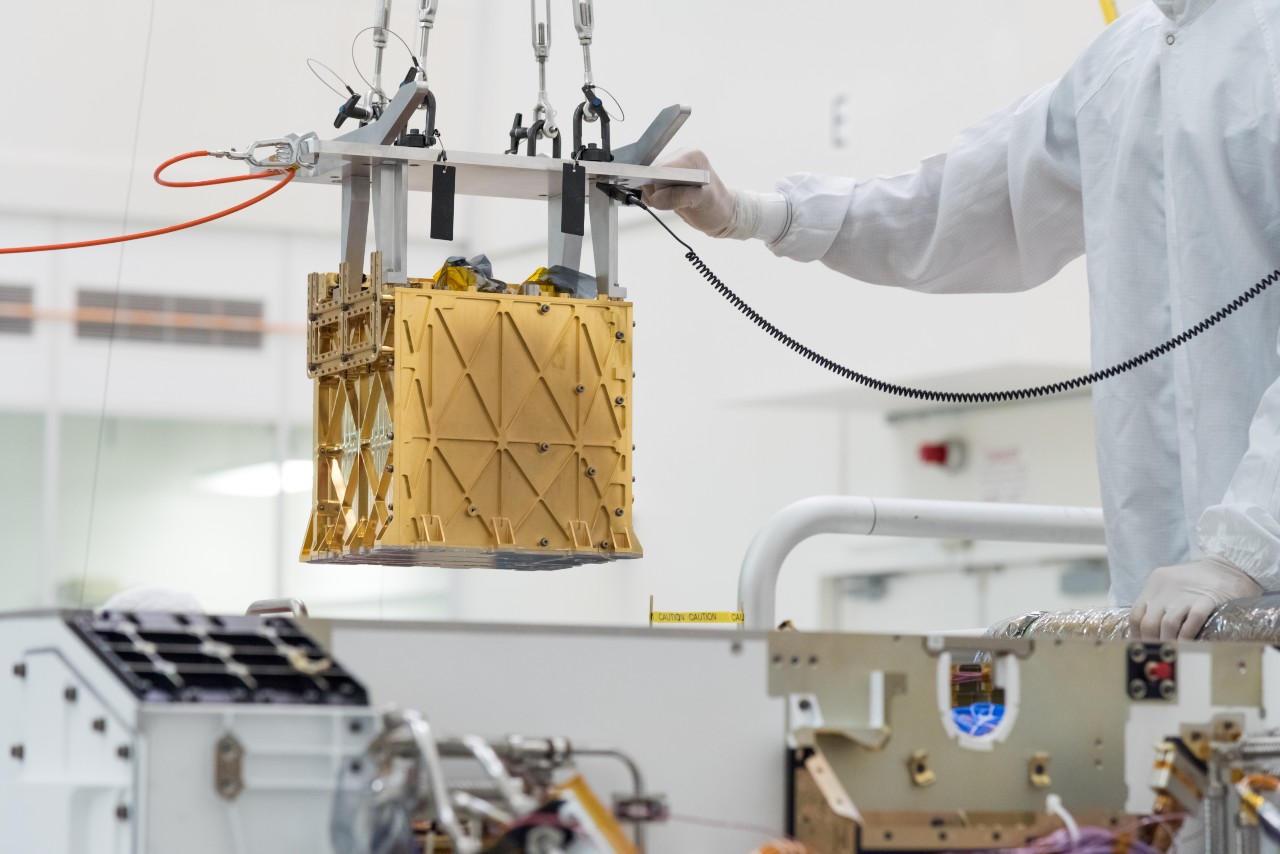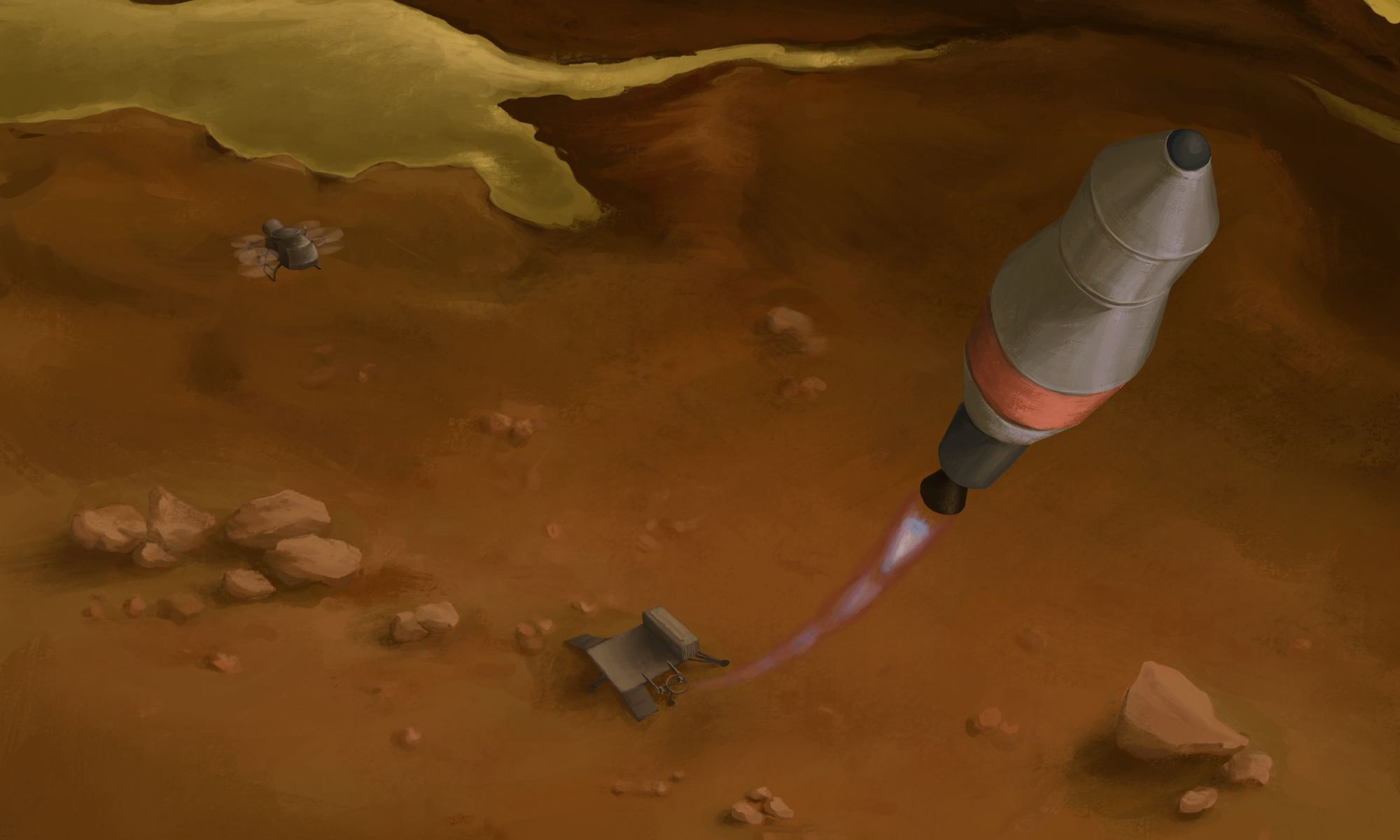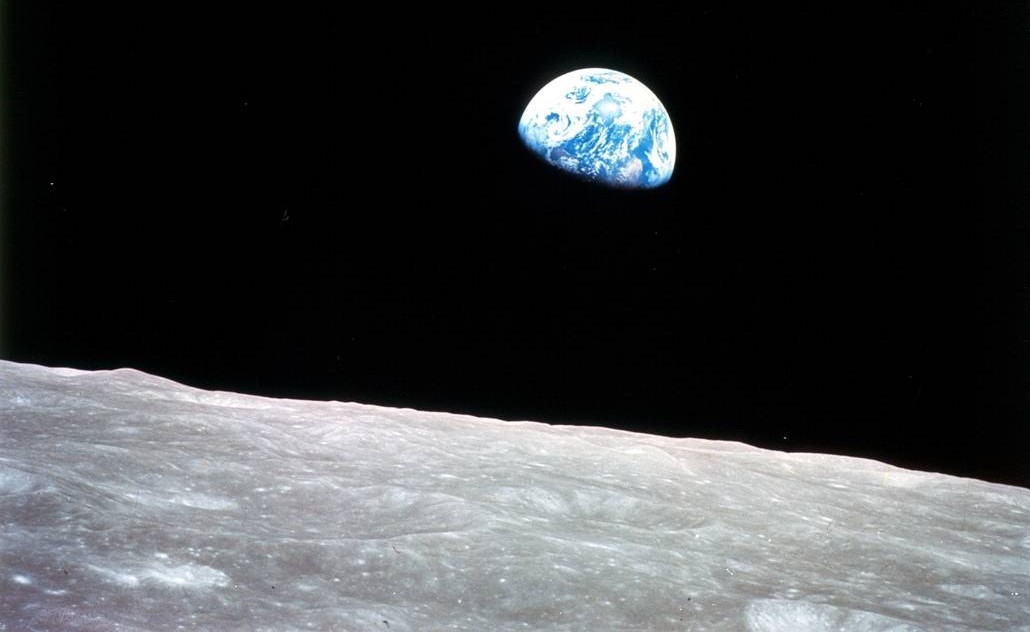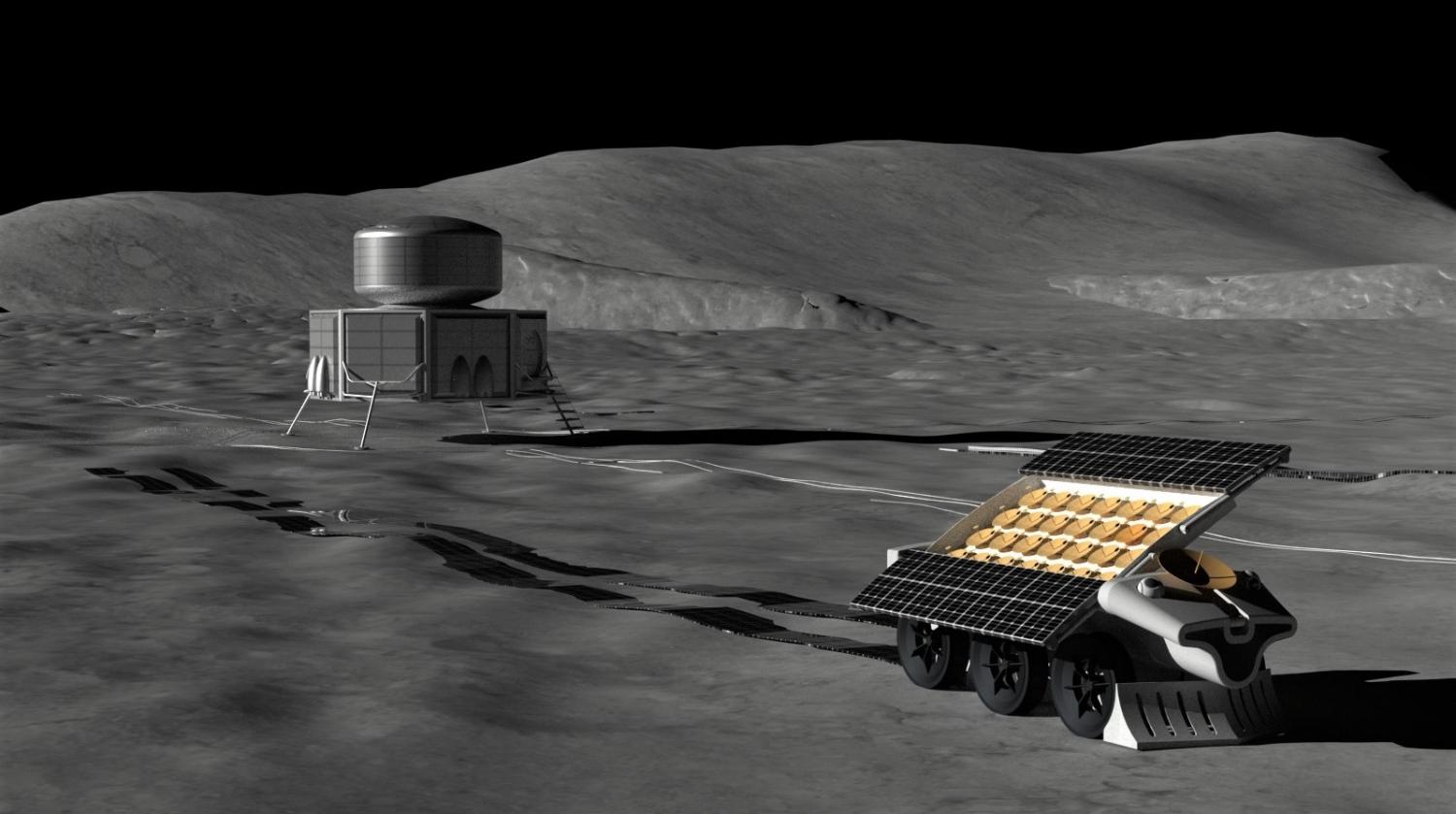When it comes to the future of space exploration, a handful of practices are essential for mission planners. Foremost among them is the concept of In-Situ Resource Utilization (ISRU), providing food, water, construction materials, and other vital elements using local resources. And when it comes to missions destined for the Moon and Mars in the coming years, the ability to harvest ice, regolith, and other elements are crucial to mission success.
In preparation for the Artemis missions, NASA planners are focused on finding the optimal way to produce oxygen gas (O2) from all of the elemental oxygen locked up in the Moon’s surface dust (aka. lunar regolith). In fact, current estimates indicate that there is enough elemental oxygen contained in the top ten meters (33 feet) of lunar regolith to create enough O2 for every person on Earth for the next 100,000 years – more than enough for a lunar settlement!
Continue reading “There’s Enough Oxygen in the Lunar Regolith to Support Billions of People on the Moon”


